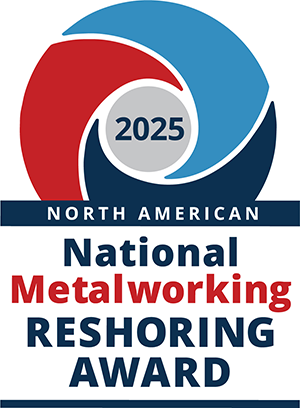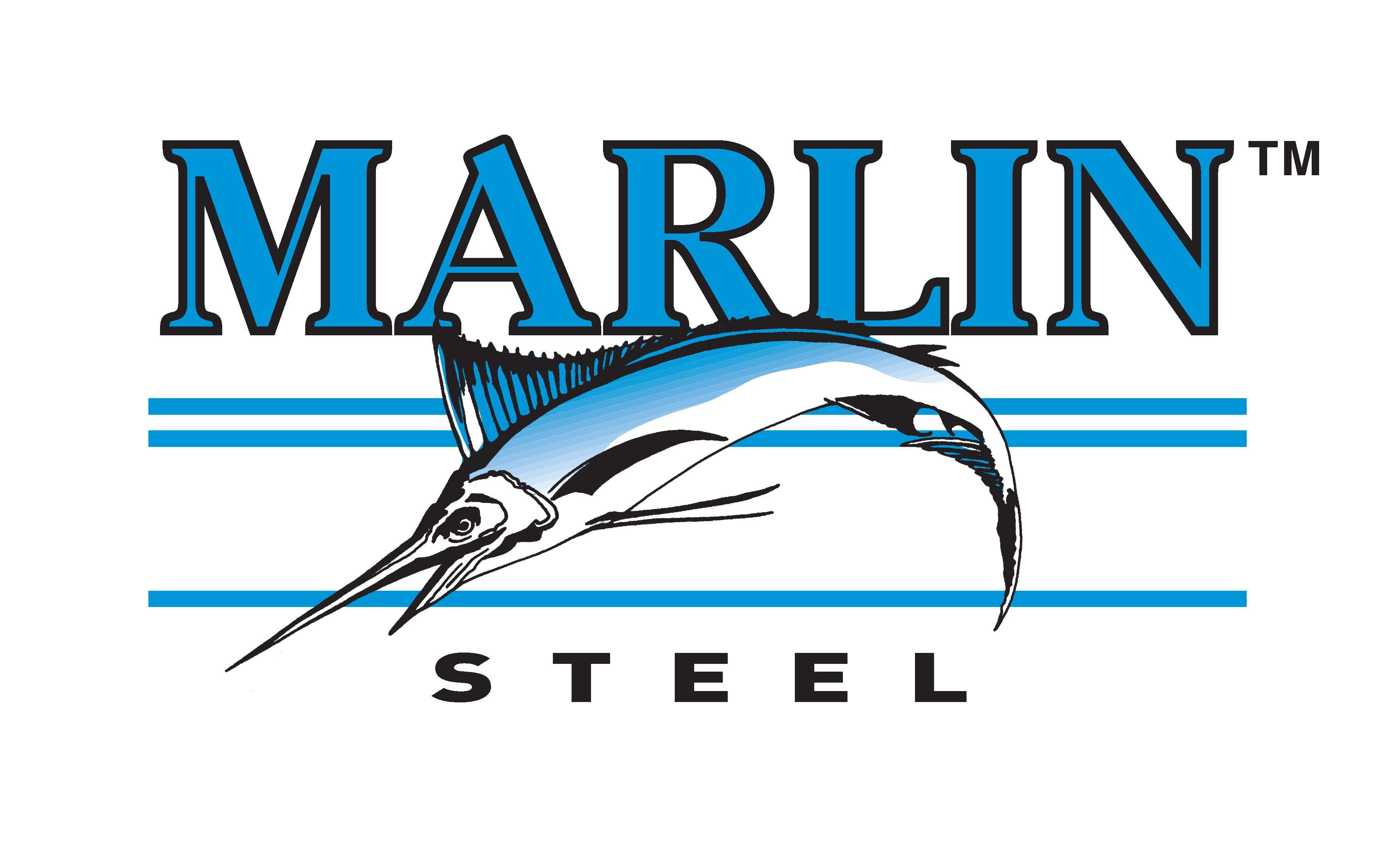 As a part of our company’s dedication to providing top-quality manufacturing solutions to our customers, we’ve added a new automated welding machine to Marlin Steel’s manufacturing floor: the CSR102-1230-3-MFDC NC Jig Welding System from Ideal Welding Systems.
As a part of our company’s dedication to providing top-quality manufacturing solutions to our customers, we’ve added a new automated welding machine to Marlin Steel’s manufacturing floor: the CSR102-1230-3-MFDC NC Jig Welding System from Ideal Welding Systems.
#1: Energy Efficiency
Aside from proper maintenance, one of the biggest costs associated with using automated welding machines is their power demands. Machines need power to run, and electrical welding devices are no exception to this rule.
However, when compared to an AC welder, an MFDC welder uses less power. Why? Because, as an MF inverter draws balanced line current during all phases of a weld, MF-based welding is less demanding on your power supply than an AC welder is.
According to “Why Medium Frequency Welding”, an MFDC welder provides “power saving of up to 35%” compared to AC-based welding techniques.
#2: Reliability
On top of using less power overall, because an MFDC welder uses a power inverter to supply power to the welding heads, a machine that uses MFDC welding is less likely to be adversely affected by a short disturbance in the power mains. With an AC welder, any disturbance in electrical flow to the machine instantly affects the welding heads.
When using an MF inverter, some electricity is stored in the inverter, so a minor power hiccup doesn’t immediately take down the welder.
Another factor that makes MFDC welding more reliable and even versatile than AC welding is that a DC welding system does not have to overcome inherent resistance in the welding circuit. What does this mean for the welder? Different circuit lengths and tip characteristics can be employed without affecting the time it takes for a weld to be completed.
Also, the life of welding tips is longer with MFDC welding than with AC welding, meaning less money spent on replacements.
#3: Weld Speed
Because power fluctuations don’t impact an MF welder as adversely as a standard AC welder, weld times are actually shorter with an MF welder. To top this off, the 1,000Hz output of the MF inverter means that the waveform of its electrical currents is shorter than an AC system’s would be.
The shorter wavelength of the MF inverter allows weld times to be controlled to the millisecond, allowing for 20 or 30 times the timing accuracy of an AC welding system.
#4: Weld Quality
By completing welds quicker, MFDC welding prevents much of the heat deformation and spatter typically associated with AC welding. The fact that the peak voltage of an MFDC weld is almost the same as RMS voltage further contributes to a reduction in sparks and spatter that are a given with AC welding.
Since welds can be completed in 2/1,000 of a second as opposed to 60/1,000 of a second, as well as less pressure being exerted during the weld, there is less damage caused to the metal pieces being joined by MFDC welds than to ones joined by AC welds. This allows for a superior level of structural integrity in the final product, enhancing its overall durability and useful life.
Beyond the structural superiority of an MFDC weld, the “weld nuggets” left behind by MFDC welding are typically smaller and smoother than the ones left by AC welding. This makes the final product safer to handle by hand, as reduces the amount of sharp edges left after the welding is done. In products that have to be clear of burrs and other sharp edges, this can massively reduce the time spent on getting parts ready to ship, as there will be fewer sharps to clean up.
Learn More
Contact Marlin Steel directly to learn more about MFDC welding and the new welding system from Ideal.



.gif)


